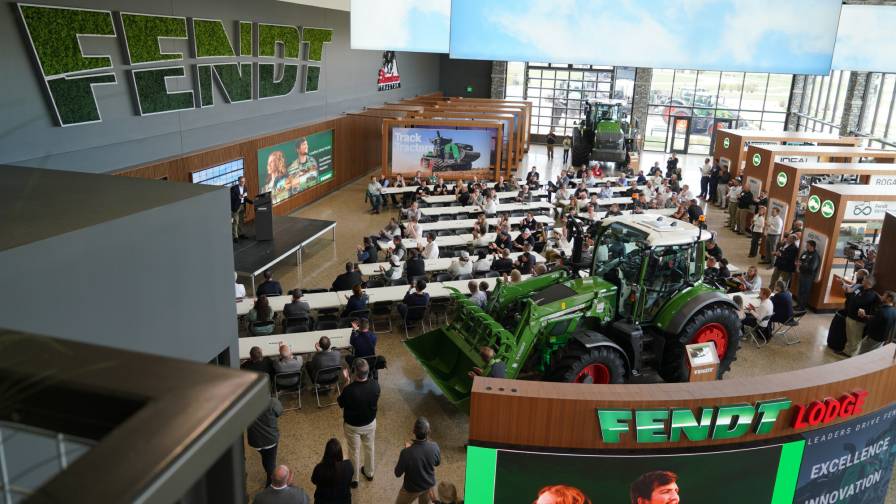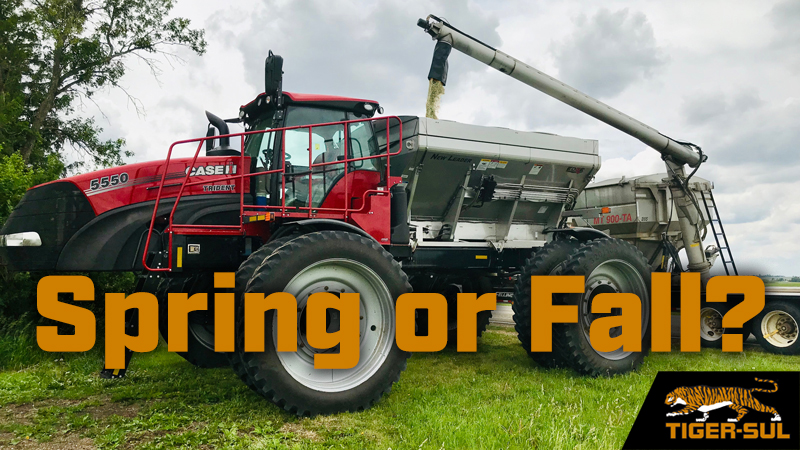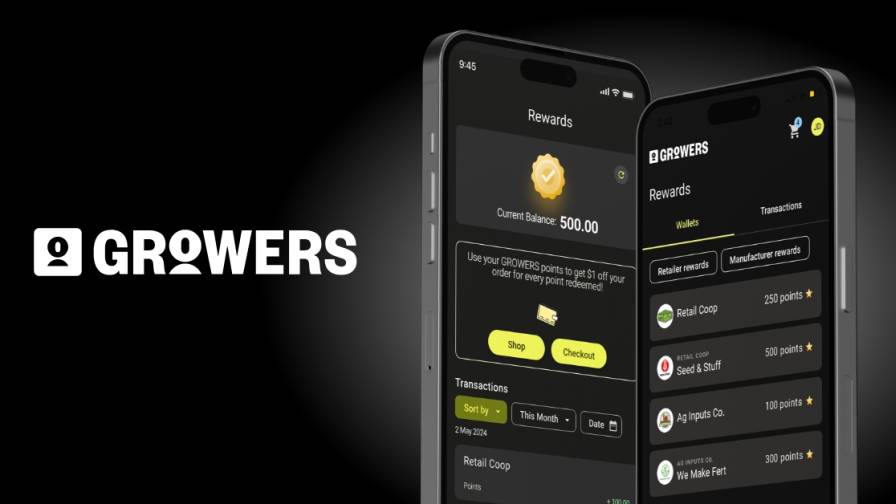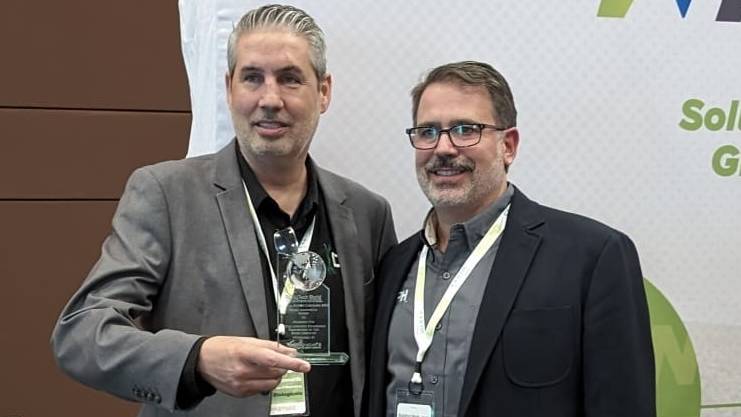How Fertilizer is Winning the Race for Ag Retail Dollars . . . For Now
If you are wondering, the answer is eight years. As for the question, a slightly longer explanation is needed.
The year was 2013. Following another in a string of strong sales years, the fertilizer category among CropLife 100 ag retailers had grown to $15.3 billion. This represented 53% of all crop inputs/services sales within the CropLife 100 rankings and it seemed as if fertilizer would soon garner around 60% market share.
However, this did not end up being the case. Over the next several years, the fertilizer category stumbled out of the gate in many of the annual CropLife 100 races. Although the category continued to lead in overall sales, revenue, and market share started to drop. By the time the 2020 CropLife 100 survey rolled around, the fertilizer category recorded sales volume of only $12.8 billion. This represented a 40% market share of overall crop inputs/services revenue among CropLife 100 ag retailers — only 1% better than the market share held by the crop protection products category.
But now, after eight years, the fertilizer category has once again asserted itself back into the race lead among crop inputs/services. According to the 2021 CropLife 100 survey, the nation’s top ag retailers saw their fertilizer revenues regain all this lost income, once again topping $15.3 billion. This represented an impressive 19% increase over the 2020 fertilizer category sales figure of $12.8 billion. And while the category’s market share still lags behind its more than 50% days, 2021’s 43% is up 3% from 2020 and is now six percentage points higher than the crop protection products category’s 37% market share number for the year.
Warnings Ahead
By now, everyone within the agricultural community is aware of the numerous supply shortages plaguing the entire marketplace. Fertilizer, too, is in short supply for many parts of the country — a situation not expected to alleviate in time for the spring 2022 season.
Of course, this has pushed up the cost of crop nutrients across the board. According to market watchers, the cost of nutrients for corn was close to $200 an acre in early November, with half this cost tied back to nitrogen, with the average ammonia price topping $1,000 a short ton Furthermore, prices for phosphorus and potassium were also higher.
Given these facts, the nation’s ag retailers are already seeing some push back from grower-customers when it comes to making fertilizer purchases, today and going forward. In fact, according to the 2021 CropLife 100 survey, most respondents say that getting customers to commit to macronutrients purchases this year was “very challenging” to “more challenging than normal.” For nitrogen, this percentage was 66%. It was 63% for phosphorus and 71% for potassium. Still, approximately one-third of CropLife 100 ag retailers (34% for nitrogen, 37% for phosphorus, and 29% for potassium) say convincing grower-customers to make fertilizer commitments “has not been a challenge” for them.






